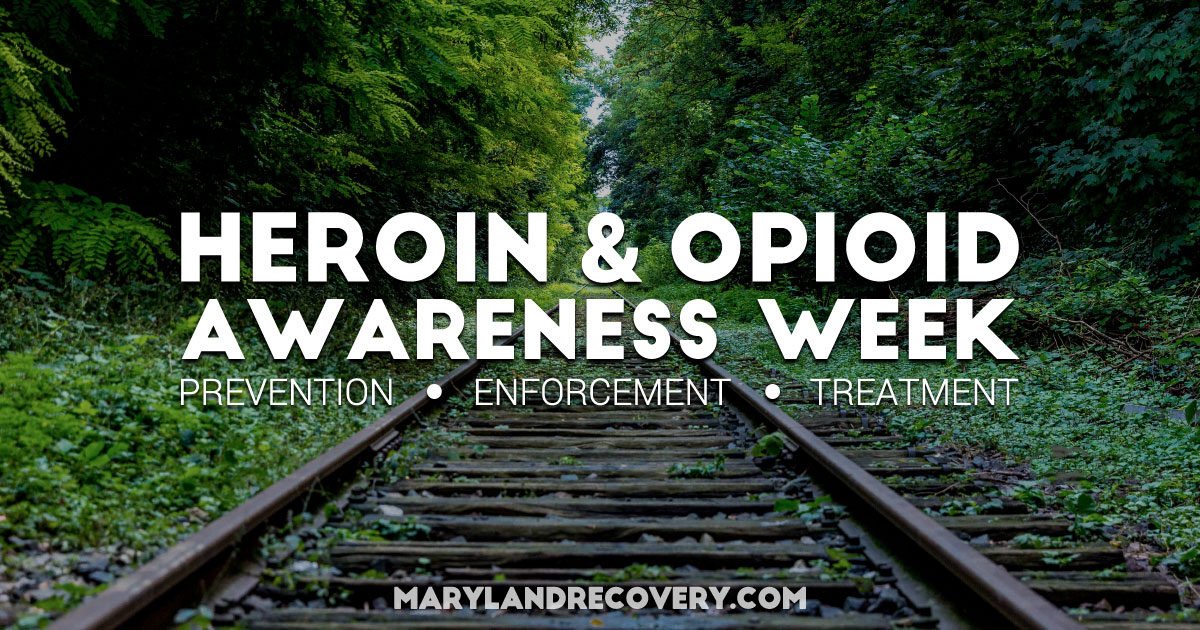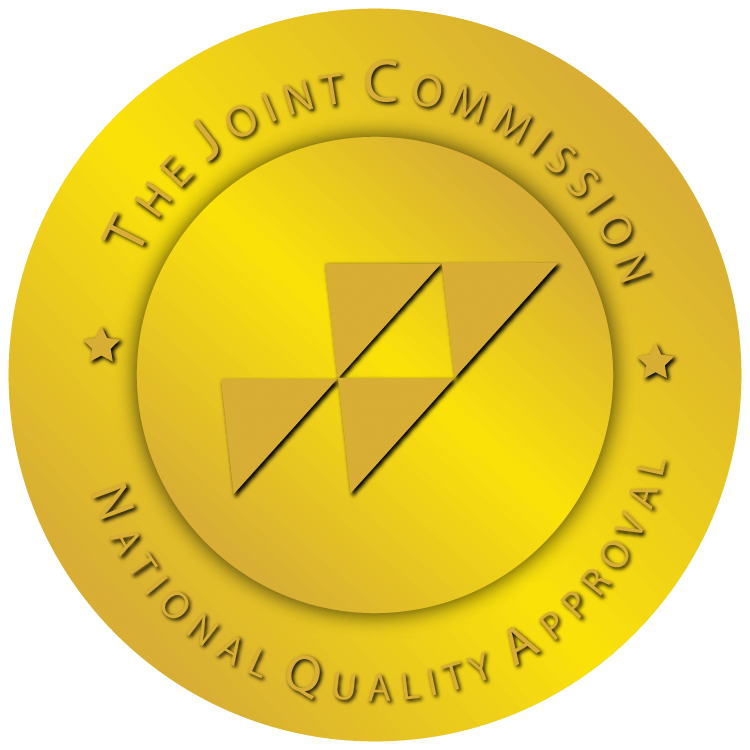 Abuse of heroin and opioid pharmaceuticals is an epidemic in states across the U.S., and Maryland is no exception. Drugs prescribed to help manage pain and treat illness are becoming a public health concern.
Abuse of heroin and opioid pharmaceuticals is an epidemic in states across the U.S., and Maryland is no exception. Drugs prescribed to help manage pain and treat illness are becoming a public health concern.
Late last month, federal and state officials joined others across the country in observing Heroin and Opioid Awareness Week and highlighting ways our state is combating the crisis.
A Campaign To Raise Awareness
U.S. Attorney Rod Rosenstein joined Maryland Attorney General Brian Frosh last week to declare the week of September 19 as Heroin and Opioid Awareness Week. The event offered an opportunity to educate the public on the health crisis around heroin and opioid abuse.
The numbers of those affected by the crisis in Maryland alone are staggering: From 2011 to 2015, the number of heroin-related deaths increased by 200 percent statewide. Every part of the state is affected — not only larger cities, but also small towns and more rural areas.
According to Rosenstein, the week provided an opportunity to raise awareness and to educate residents on the issue of heroin and opioid addiction. Many people aren’t aware of how widespread the issue has become. But, as Rosenstein noted, the problems of addiction and abuse continue to grow and have reached epidemic proportions.
Last year, more than 1,250 Marylanders died from overdoses (up 21 percent from 2014). The numbers are frightening, and the public should be aware of them.
A Problem With Innocent Beginnings
People who become addicted to heroin or opioids don’t usually start out using illegal drugs. Instead, patients are prescribed legal opioid painkillers and they become addicted.
They eventually turn to heroin or other drugs, such as fentanyl, when prescriptions can no longer be obtained or when the addicts can no longer experience the same euphoric effects from the prescribed painkillers. Studies also show that the medication prescribed to help cure these addictions is also claiming innocent lives through overdose.
Treating Deaths As Homicides
One way that state officials are combating the heroin and opioid addiction problem is by treating every overdose death as a homicide. They hope that investigations into overdose deaths will help identify and prosecute distributors, who willfully take advantage of those addicted to prescription painkillers.
The Maryland Attorney General’s Office and State’s Attorneys Offices are working with the Drug Enforcement Agency and U.S. Attorney’s Office to develop best practices for prosecuting illegal distributors of heroin and opioids.
In the past year, the Organized Crime Unit of the Attorney General’s office prosecuted more than 50 drug traffickers. It’s such traffickers who perpetuate the problem of drug addiction by distributing heroin in fatal doses and profiting off those who become addicted after taking legally prescribed medication.
Knowing The Signs Of Addiction
Since the problem of heroin and opioid addiction has become so rampant in recent years, one key component of awareness education is to educate people on recognizing the signs of addiction.
Sudden and significant changes in a person’s behavior can be an early warning sign of a developing addiction. Such changes include:
- Mood swings, irritability and lashing out at loved ones
- Sudden decrease in personal hygiene, such as wearing dirty clothes or not showering regularly
- Docile relationships (especially romantic ones) that suddenly become volatile
- Stealing money, valuables or prescription medications from loved ones
- Loss of interest in normal activities and hobbies, and becoming suddenly withdrawn
- Restless and agitated, especially in mornings — which can be a sign of withdrawal as opiates work their way out of the system
The Goal Of Heroin And Opioid Awareness Week
Maryland state officials hope that as the public becomes more aware of the problem of heroin and opioid abuse and learns to recognize the dangers associated with prescription painkillers, innocent lives can be saved. If you recognize the early signs of addiction in a loved one, don’t be afraid to reach out for help.
Reviewed by Christopher Schwartfigure MS, LGPC, CAC-AD








